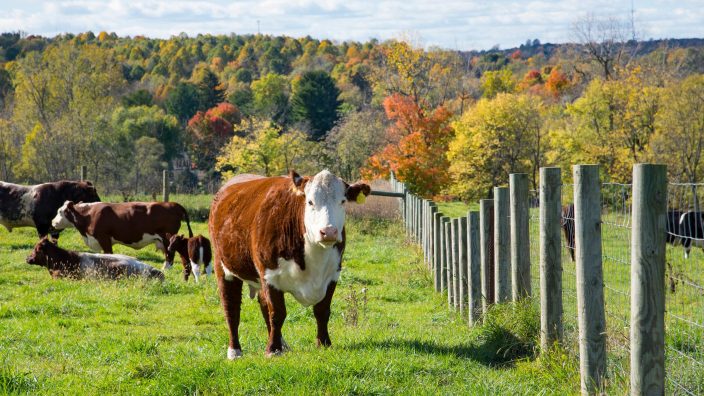Applications for Ohio Farm Bureau Health Plans now available
Members have three ways to apply: contacting a certified agent, calling 833-468-4280 or visiting ohiofarmbureauhealthplans.org.
Read MoreThere are quite a few advantages of being a landowner, including tax deductions, returns on the investment and potential borrowing power. But owning land also comes with some liability.
In part 2 of the landowner liability series, Ohio Farm Bureau Policy Counsel Leah Curtis looks at the instances where a landowner could be found liable for a trespassers’ injuries, explaining intentional conduct and attractive nuisance.
Listen to Legal with Leah, a podcast featuring Ohio Farm Bureau’s Policy Counsel Leah Curtis discussing topics impacting farmers and landowners.
Ty Higgins [00:00:00] On our previous Legal with Leah, we talked about landowner liability and she mentioned that in rare cases, landowners can be liable for accidents happening to trespassers. Want to cover that a little bit more extensively on this Legal with Leah. Leah Curtis is policy counsel with Ohio Farm Bureau.
Ty Higgins [00:00:18] You mentioned those few instances and one of those is called intentional or wantonly reckless conduct, otherwise known as manmade death traps. First of all, give us some examples, if you would, and why they’re a bad idea.
Leah Curtis [00:00:33] We want to be clear that if you intentionally harm somebody who’s trespassing on your property, it’s very likely you’ll be held liable for their injuries. So that’s why it’s important that we always involve the authorities, calling the sheriff, the local police if there’s somebody trespassing.
As far as manmade death traps, those are things that are just so likely to result in harm or serious injury that it’s just irrationally reckless to let them continue on the property or in the place. So literally the textbook example in law school that you learn about is a spring loaded gun attached to the door of a cabin. Obviously, it ended up harming somebody who was trespassing and they were not there under good intentions. But it also would have definitely harmed and seriously harmed anyone who was there under legal reasons. If the police had come to do a check or someone had just knocked on the door and somehow mistakenly got that door jiggled enough that it set that off, it could have harmed them. So things that are just so irrationally dangerous, it’s so likely to result in very serious harm. That’s where the court will say you may still be liable even though it was a trespasser. It’s not very common, but always want to make sure we point it out.
Ty Higgins [00:01:47] And there are those that trespass, knowing darn well what they’re doing and there are those that trespass that don’t have any intention of doing harm and maybe just simply don’t know they’re trespassing. And that would be children that happen to wander on to our property. Attractive nuisance is the second example we have for this Legal with Leah. Tell us more about that.
Leah Curtis [00:02:06] An attractive nuisance is basically something that’s an artificial condition of the land that is dangerous, but it’s attractive to children. And a really good example of this is swimming pools, particularly one that’s open that children can get into. Everybody knows every child loves to go swimming and they just want to get in that pool and we know how dangerous they can be. So under Ohio law and in most states, landowners can be held liable for an attractive nuisance that results in injuries to a child trespasser. The court always looks at this as a case by case scenario. So it’s not like because you have it, you’re going to be liable for injuries. But the court will ask, is the child likely to understand that they are trespassing? Are they likely to understand the danger that is there? Does the landowner know that children are likely to trespass or possible to trespass? Is there an increased need for that condition to exist versus the burden of eliminating it and making it more safe? And then did the landowner exercise what we call reasonable care? Did they take any care to try to eliminate that danger or limit the danger particularly related to children and trespassers?
Ty Higgins [00:03:18] Talking a lot about the kids in this particular one, but this also extends to adults.
Leah Curtis [00:03:23] Yes. If an adult would be injured in the course of attempting to rescue a child, our courts and our law has said that you can extend that attractive nuisance protection to that trespassing adult. So, for example, if an adult was trying to get a child out of a pool that they were drowning in, that they had to trespass, that attractive nuisance may also apply to the adult in that case
Ty Higgins [00:03:43] Anything exempt from this? I know a lot of kids like to see the farm animals or they like to go and find out what’s happening maybe on the other side of the hill. What might not take precedent here?
Leah Curtis [00:03:56] That’s really important about the attractive nuisance definition. You notice I said it was an artificial condition, so it can’t be something that’s a natural feature. And our courts have extended that to include things like animals. So farm animals, horses, cows, that kind of thing. Those are considered to be natural and therefore are not attractive nuisances versus the artificial conditions that we talked about.
Ty Higgins [00:04:17] And you can be proactive as a landowner and maybe be up front about what’s happening on the farm and tell families down the road what to expect and what not to do.
Leah Curtis [00:04:27] These cases are rare and it is rare to see liability found even when they are brought. But it’s just like we talked about the last time, that ounce of prevention is worth a pound of cure. So, you know, making sure things are put away so that keys aren’t left in machinery where people could get to them, that there are fences, that there’s no trespassing or danger signs. And then, like you said, just talking with your neighbors, particularly if they have small children and making sure that the parents and the children understand: It may not be safe for you to just come on to our property. If you want to come on to our property, come and talk to us and let’s talk about a safe time to do that.
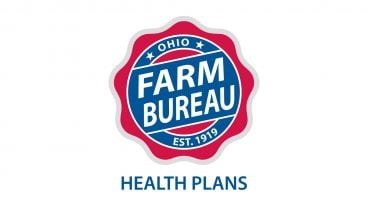
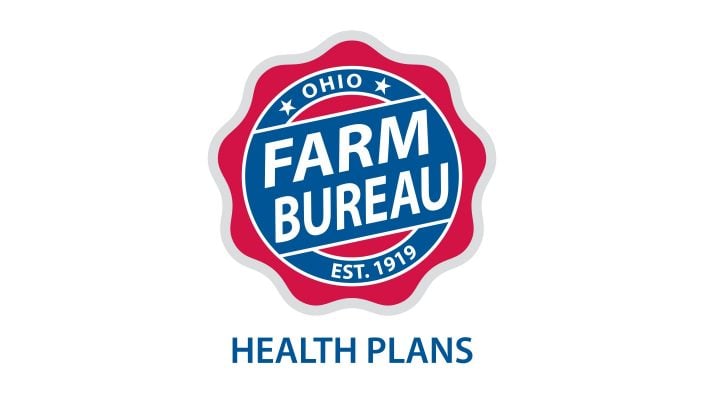
Members have three ways to apply: contacting a certified agent, calling 833-468-4280 or visiting ohiofarmbureauhealthplans.org.
Read More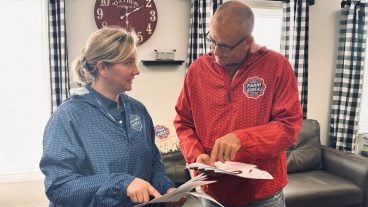
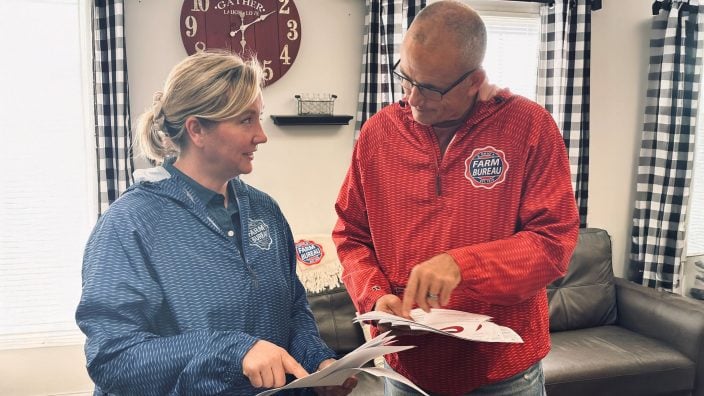
One of the best decisions Shannon and Heather Utter made a few years ago was looking into a Farm Bureau member benefit that has ended up saving them thousands of dollars on their energy bills.
Read More

Ryan Hiser has experienced first-hand the importance of having the opportunity to vote on issues that will affect his family operation and other farmers.
Read More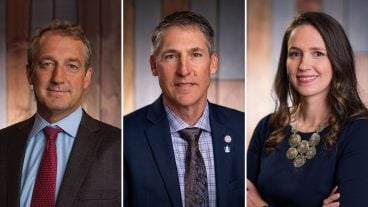
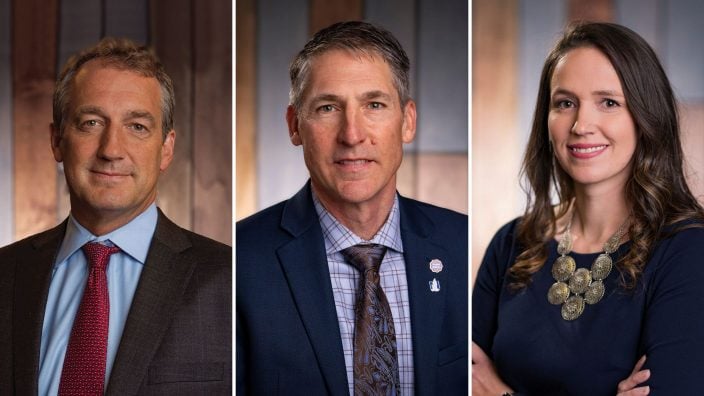
Bill Patterson, Cy Prettyman and Adele Flynn will continue to serve as officers for Ohio Farm Bureau Federation.
Read More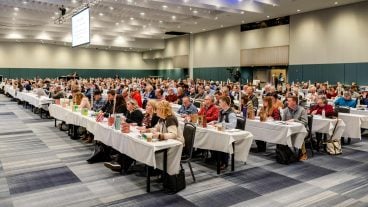
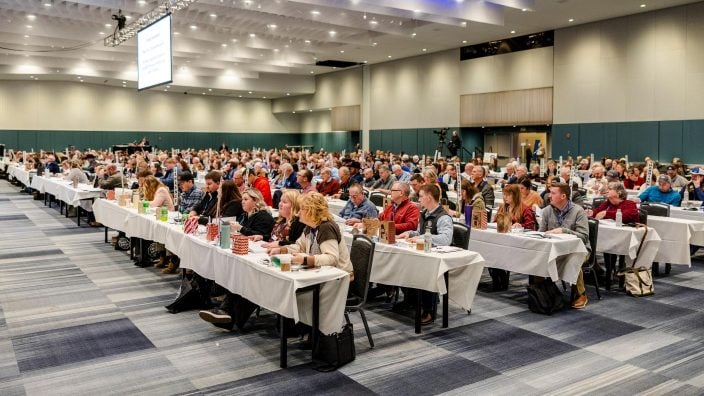
Delegates discussed many topics impacting agriculture including farmland preservation, local foods, and succession planning.
Read More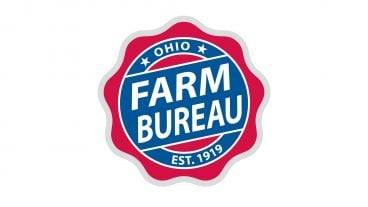
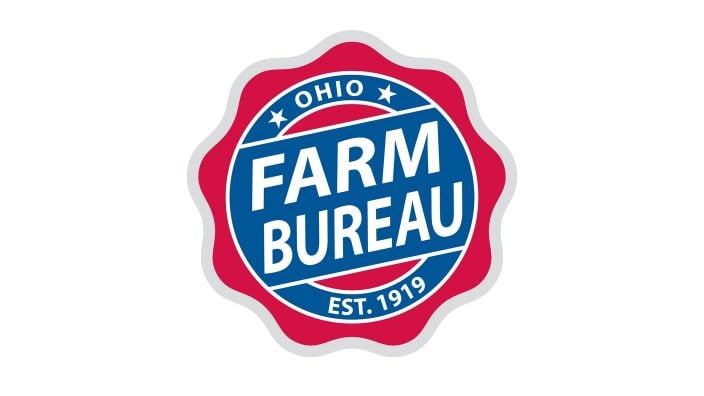
Twenty-six farmers govern the state’s largest farm and food organization.
Read More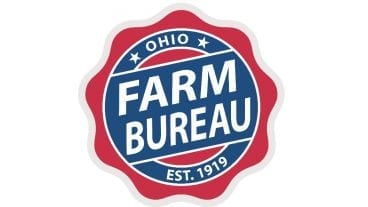
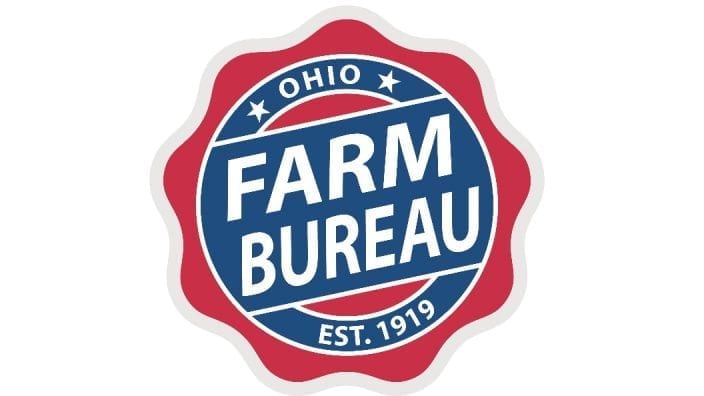
The 2025 recipients are Fred Cooke (posthumous) of Richland County, Marvin Dietsch of Williams County, Steven Knollman of Hamilton County and Michele Miller (posthumous) of Ottawa County.
Read More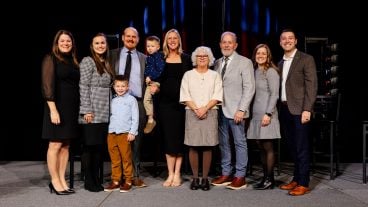
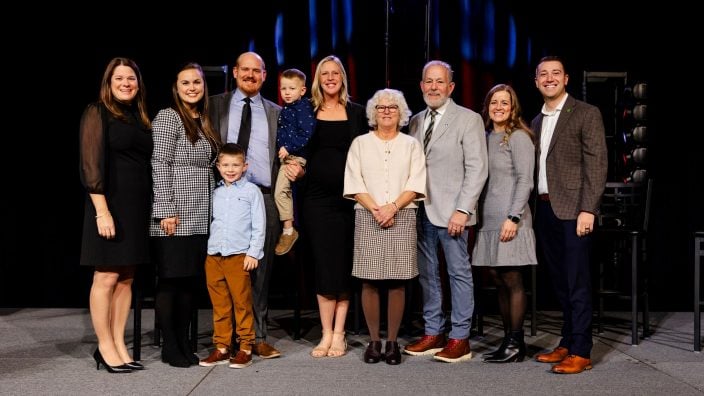
Nathan and Jill Parriman grow seasonal crops, including Christmas trees, pumpkins and cut flowers, providing U-cut experiences that invite customers to engage directly with agriculture.
Read More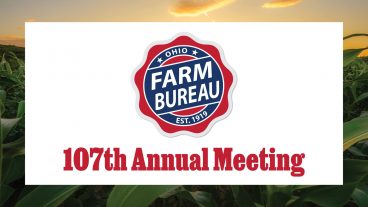
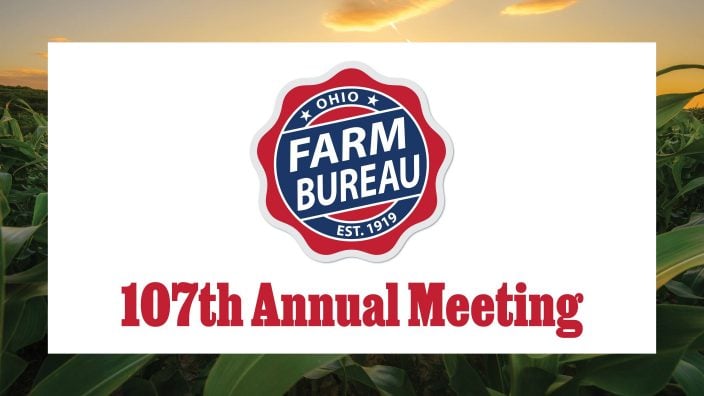
The 2025 Distinguished Service Award recipients are Craig Adams, Mike Townsley, and Kellogg Farms, Kurt Farms and Stateler Family Farms.
Read More

Ohio Farm Bureau Treasurer Adele Flynn participated in the meeting, representing Ohio farmers.
Read More